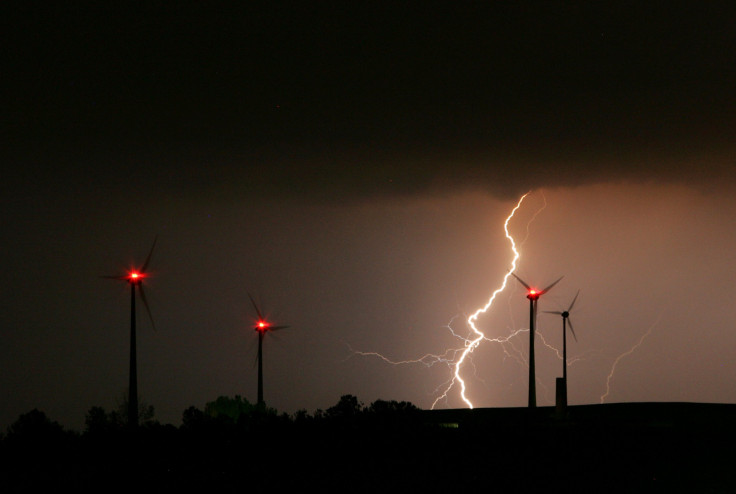ISS Instruments Reveal How Lightning Forms On Earth

KEY POINTS
- Researchers studied lightning on Earth using ISS' instruments
- Bolts represent only a small portion of a lightning
- A lightning's formation process occurs in Earth's upper atmosphere
A team of researchers was able to study how lightning forms within the upper portions of Earth’s atmosphere. They were able to do so using instruments aboard the International Space Station (ISS).
The study was carried out using the instruments of the Atmosphere-Space Interactions Monitor (ASIM), an observation facility developed by the European Space Agency for the ISS. The main purpose of ASIM is to monitor severe thunderstorms on Earth and observe how they affect the planet’s climate and atmospheric conditions.
The findings of the researchers were presented in a new study published in the journal Science.
When viewed from the ground, lightning appears as a bright bolt of light in the sky. However, as noted by the researchers, the bolts only represent a small portion of the lightning. The bulk of it forms and appears in Earth’s upper atmosphere.
Through ASIM’s instruments, the researchers were able to observe how lighting creates bursts of gamma-rays in the atmosphere. These gamma-ray flashes (TGF) can generate elves that are expanding waves of ultraviolet emissions. Elves often appear above thunderstorms and produce a ripple-like effect in the ionosphere, which is similar to how a pebble creates ripples on the surface after hitting a body of water.
“With ASIM, we see how the atmosphere and clouds bubble like a pot of stew on the stove,” the study’s lead author Torsten Neurbert of the National Space Institute said in a statement.
“Convection brings humidity, dust and other particles into the upper atmosphere where they affect Earth’s radiation balance,” he continued. “Lightning is a measure of convection and can be relatively simple to put into weather and climate models.”
Through their observations, the researchers were able to measure the characteristics of TGFs and elves in the upper atmosphere. Although these atmospheric phenomena only last for a few milliseconds, they produce gamma-rays and X-rays that ASIM’s instruments can detect. Through the data collected by the instruments, the researchers were able to break down the nature of lightning.
“As lightning winds its way through a cloud, the atmosphere ahead may break down into a very fast pulse of very high current,” Neurbert explained. “In the process, it flings out electrons, which create the bright flashes. Understanding this process opens up the inner life of lightning.”
© Copyright IBTimes 2025. All rights reserved.





















